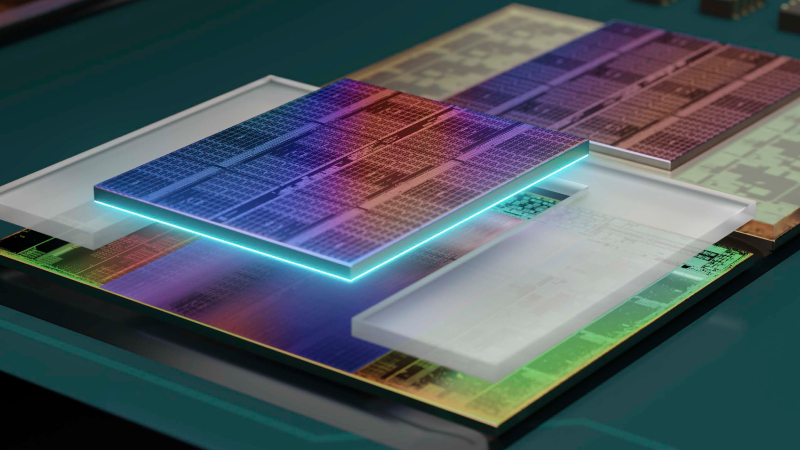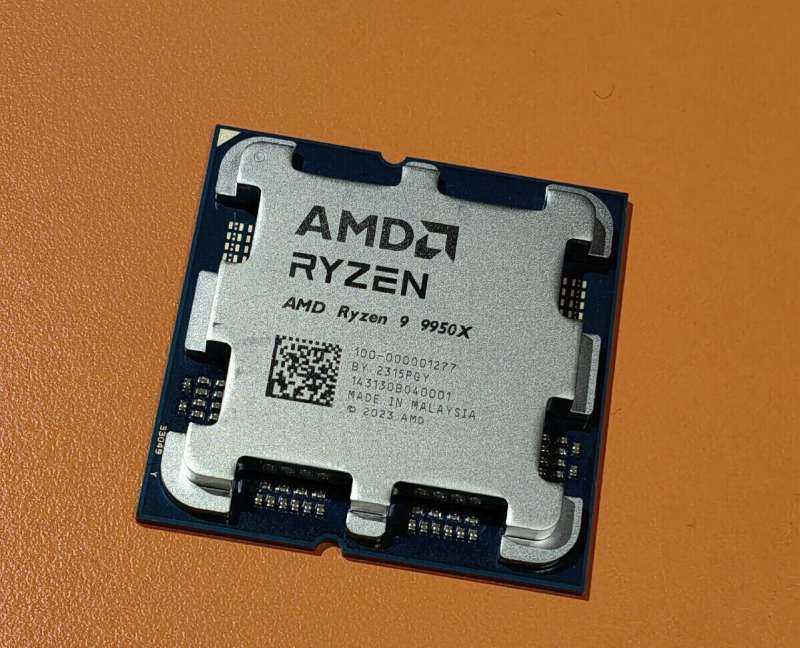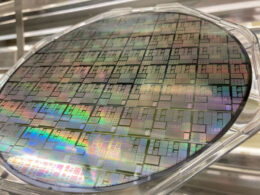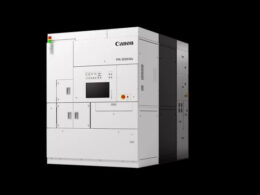AMD Admits Ryzen 9000 CPUs Won’t Outperform Existing Models in Gaming
According to AMD’s Senior Technical Marketing Manager, Donny Woligroski, the upcoming Ryzen 9000 processors featuring the Zen 5 architecture won’t surpass the gaming performance of the older Ryzen 7000X3D models utilizing the Zen 4 architecture with 3D V-Cache.
The new Ryzen 7 9700X and Ryzen 9 9950X will match the gaming performance of the Ryzen 7 7800X3D and Ryzen 9 7950X3D, but won’t be faster. However, they are expected to considerably enhance overall computational capabilities, benefiting multitasking and vector extension-using tasks, like VNNI and AVX512 loads significantly.
The Ryzen 7 7800X3D currently holds the crown as the fastest gaming desktop processor, often outperforming Intel’s flagship, the Core i9-14900KS. The upcoming Ryzen 7 9700X and Ryzen 9 9950X are expected to deliver gaming performance on par with the Core i9-13900K or Core i9-14900K.
While AMD has revealed that they are developing a series of Ryzen 9000X3D processors with enhanced 3D V-Cache, they also expect that these chips will maintain their rank as the fastest gaming processors.
Intel and AMD: A Competitive Landscape
During the announcement of their new Lunar Lake architecture, Intel indicated that the new Lion Cove P-cores would offer a 14% IPC (Instructions Per Cycle) increase compared to the main cores of the Meteor Lake processors. AMD’s Ryzen 7000X3D (Zen 4) processors with 3D V-Cache have seen an approximately 20-25% rise in gaming performance over standard models without the additional cache memory.

An equivalent performance spike in the Ryzen 9000X3D processors based on Zen 5 could position them as highly competitive contenders to Intel’s Arrow Lake-S, entirely contingent on the promised IPC boost of the Lion Cove cores being accurate.
But, despite this, AMD has stated that the 3D V-Cache in Ryzen 9000X3D would not offer the same gaming performance boost as seen with the Ryzen 7000X3D models.
Future Prospects
Ryzen 9000 processors’ eight-core CCD chips, based on Zen 5 architecture, are produced using a 4nm process. This technology is expected to be the foundation for the Ryzen 9000X3D, where the TSV (Through-Silicon Via) assembly of crystals with 3D V-Cache memory will be used to boost the total amount of L3 cache memory.
AMD did not dismiss the possibility of applying expandable L2 cache memory in their discussion with journalists. However, to expand the L2 cache memory on Zen 5 would require a more advanced TSV technology level. In theory, AMD could, through 3D V-Cache, incorporate additional L2 cache for each core in the CCD block. But considering today’s crystal assembly technology status, it is unclear whether this could be accomplished with the Ryzen 9000X3D processors.
Should it be possible, the CCD with the 3D V-Cache of the next generation could not only extend the L3 cache memory from 32 to 96 megabytes but also increase the independent L2 cache by 1 megabyte for each core. The L2 cache offers higher data transfer speeds than common L3 Cache, and it uses a faster physical SRAM carrier.
In this scenario, a next-generation CCD with 3D V-Cache could feature two different SRAM crystal types: an additional 64-MB L3 SRAM layer expanding the chiplet’s built-in 32-MB L3 cache, and eight additional L2 cache SRAM crystals, one for each core.
L2 cache could significantly impact the gaming performance of next-generation processors. Intel aims to increase the L2 cache size to 2.5 MB for their Lion Cove P-cores, which will be featured in Lunar Lake chips. Arrow Lake is expected to offer each of its P-cores 3MB of second-level cache, indicating that AMD also likely recognizes the value in expanding not just the L3 cache but L2 as well.
Rumored Release Date
Rumor has it that the Ryzen 9000X3D processors will launch this year, with sources pointing towards a Q4 release. It is anticipated that Intel will also debut their desktop processors, Core Ultra 200 (Arrow Lake-S), around the same time.





